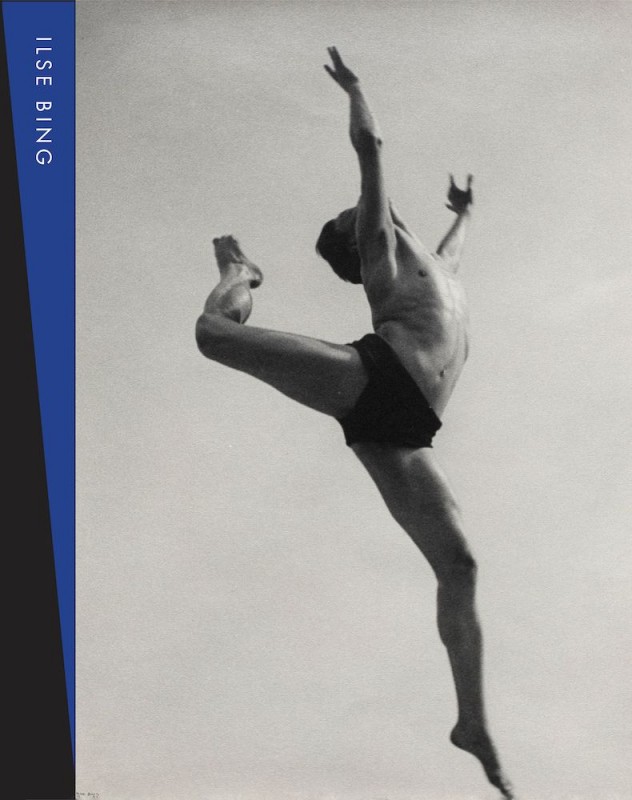Book of the Month: Ilse Bing
Book of the Month: Ilse Bing
Ilse Bing
November 21, 2022
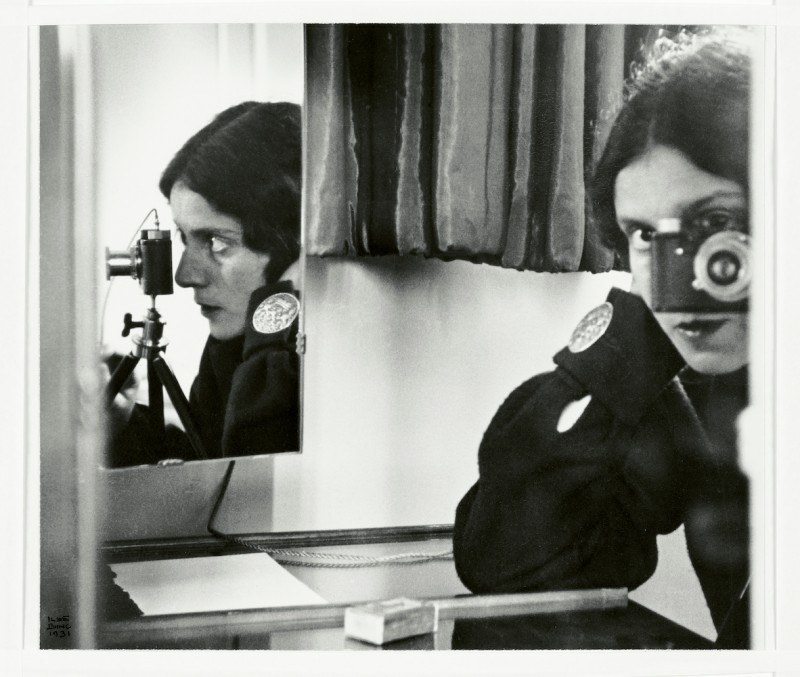
Autorretrato con Leica [Self-portrait with Leica], 1931
Her Self-Portrait with Leica, taken in Paris in 1931, reveals a precise photographer, who worked experimentally. Staged with two mirrors, the image continues to fascinate to this day, not only due to its composition, but, above all, because of the statement it makes about the act of photography itself: the exploratory self-knowledge between eye and camera; between proximity and distance. Of course, this picture could not be left out of this comprehensive photo book about the photographer's oeuvre, which complements the exhibition currently being presented at the Fundación MAPFRE in Madrid.
Bing's body of work, however, includes many other exciting facets. Published by Dewi Lewis, Ilse Bing offers an excellent chronological and thematic overview of the artist's intense creativity. Without a doubt, she is among the most important women photographers of the 20th century. Her pioneering motifs from the interwar period, in particular, show a modern vision, influenced by the New Vision movement, but also by Surrealism. In 1932, when the photographer and critic Emmanuel Sougez granted her the title of “Queen of the Leica”, during an exhibition review, Bing was just establishing herself as a successful photographer in Paris. Her path to get there was not straightforward, since the autodidact encountered photography through her academic studies of History of Art. She actually wanted to do her Doctorate on the German architect Friedrich Gilly; but a fundamental passion for photography developed, while she was documenting his works. Later on, in 1929, her commitment to becoming a photographer was confirmed with the purchase of her first Leica. This was followed by initial successes and publications, which eventually led to the abandonment of her dissertation project.
At the end of 1930, she moved from Frankfurt on the Main to Paris, where she dedicated herself to a diversity of subjects and assignments. In addition to her personal work – above all, explorations of the French metropolis –, she continued to publish reportages, to work as an advertising photographer, and she had her first exhibitions. Following the German army's occupation of Paris and her internment in southern France, Bing managed to emigrate to the USA, in 1941, together with her husband, the pianist and musicologist Konrad Wolff. She continued with her work in New York, with portraiture and fashion photography and, later on, with reportages. As of the early 1950s, she increasingly relied on a Rolleiflex, until giving up photography altogether in 1959. However, she remained a sought-after witness of the times, and as of the 1970s, when she first exhibited at MOMA in New York, interest in her work and in European photography of the 1920s and 1930s, in general, continued to grow. As one of the most significant creative powers of that era, Bing was able to share very personal perspectives of those years and about the development of modern art.
This photo book presents the most important motifs of Bing's photographic oeuvre and explains the essential stages, the environment, and her personal network. It also substantiates her significance as a self-confident and style-defining photographer.
Ilse Bing
With texts by Juan Vicente Aliaga, Benjamin Buchloh and Donna West Brett.
296 pages 160 black and white pictures
30 x 24 cm. English
Dewi Lewis
The exhibition at the Fundación MAPFRE continues until January 8, 2023.
Ilse Bing+-
Born in Frankfurt on March 23, 1899, Bing first studied Mathematics and Physics, and then changed to History of Art. She purchased her first camera, a 9 x 12 Voigtländer plate camera, for the purpose of her dissertation. In 1929, she broke off her academic career, purchased a Leica and published her first reportages. She moved to Paris in 1930 and, in 1937, married the pianist Konrad Wolff. Bing was interned in Gurs in 1940. In 1941 she emigrated, through Marseille, to New York City. She gave up photography in 1959. Bing passed away in New York on March 10, 1998. More

Autorretrato con Leica [Self-portrait with Leica], 1931
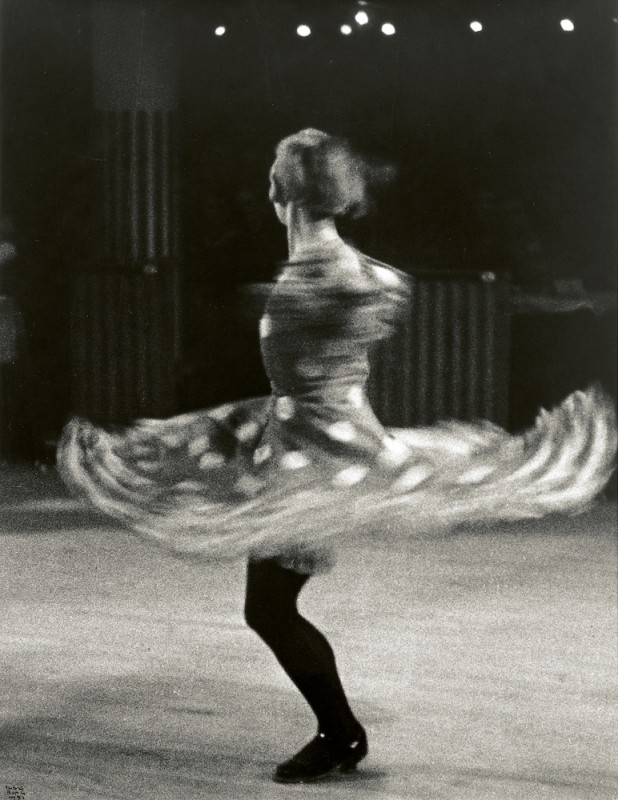
Bailarina de cancán [French Can-Can Dancer], 1931
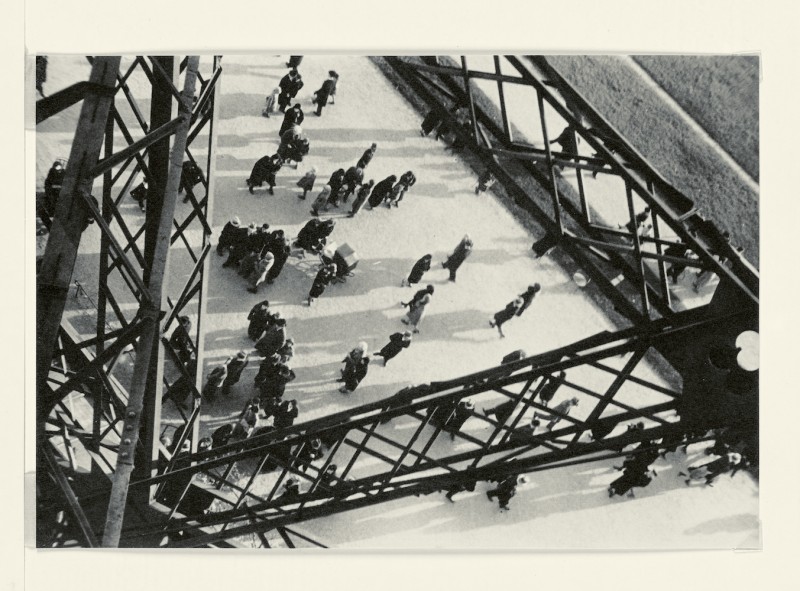
Campo de Marte desde la Torre Eiffel [Champ de Mars from the Eiffel Tower], 1931
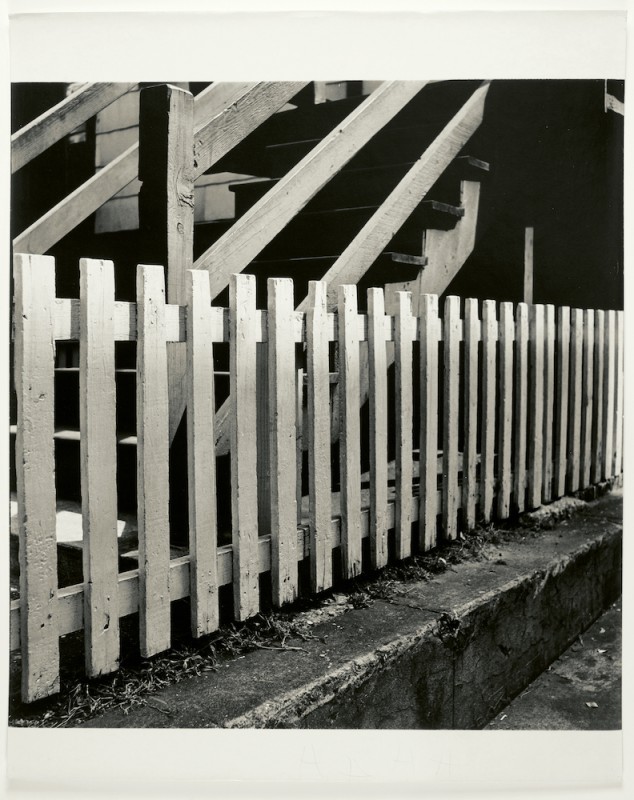
Valla [Picket Fence], 1953
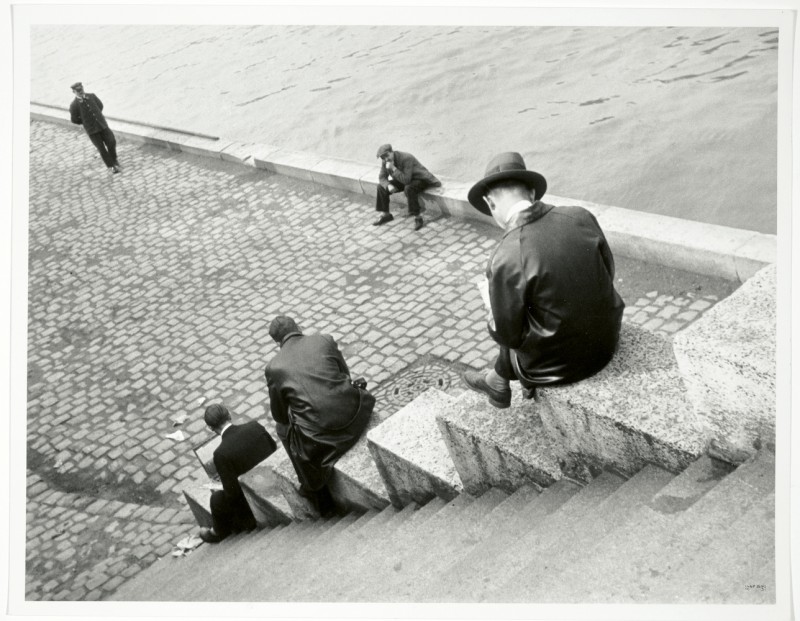
Tres hombres sentados en las escaleras junto al Sena [Three Men Sitting on the Steps by the Seine], 1931
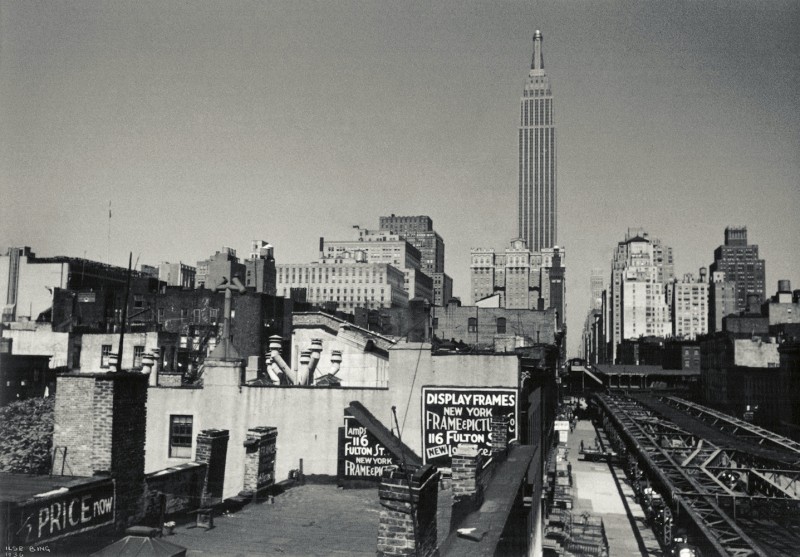
Nueva York [New York], 1936
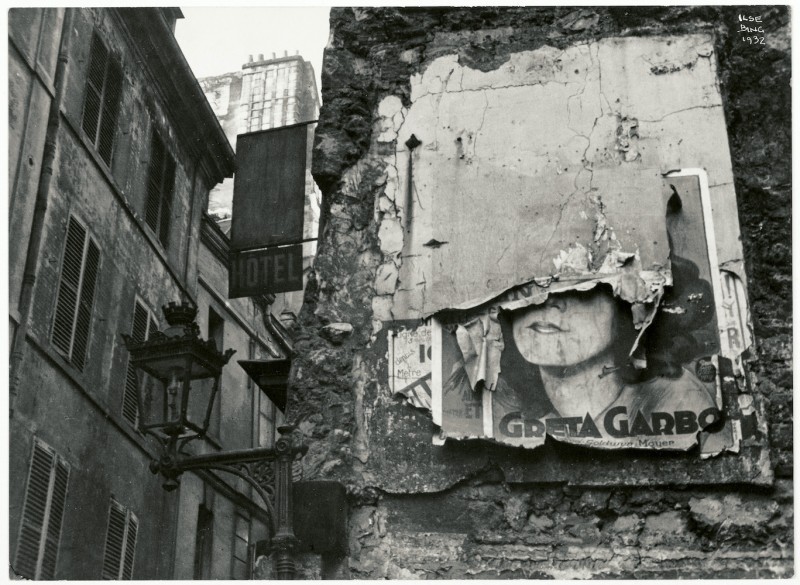
Cartel de Greta Garbo, París [Greta Garbo Poster, Paris], 1932

Nancy Harris, 1951
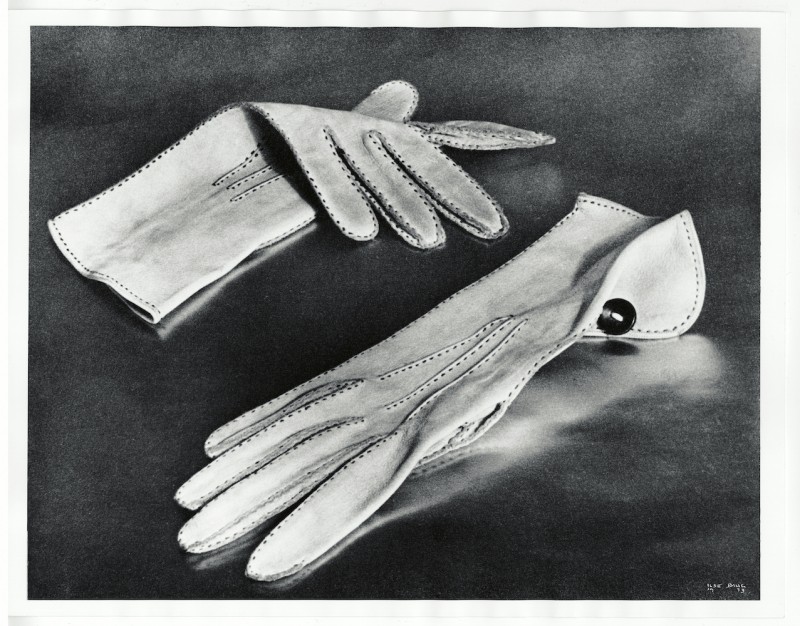
La distinguida Daisy Fellowes, guantes de Dent en Londres para Harper’s Bazaar [The Honorable Daisy Fellowes, Gloves by Dent in London for Harper's Bazaar], 1933
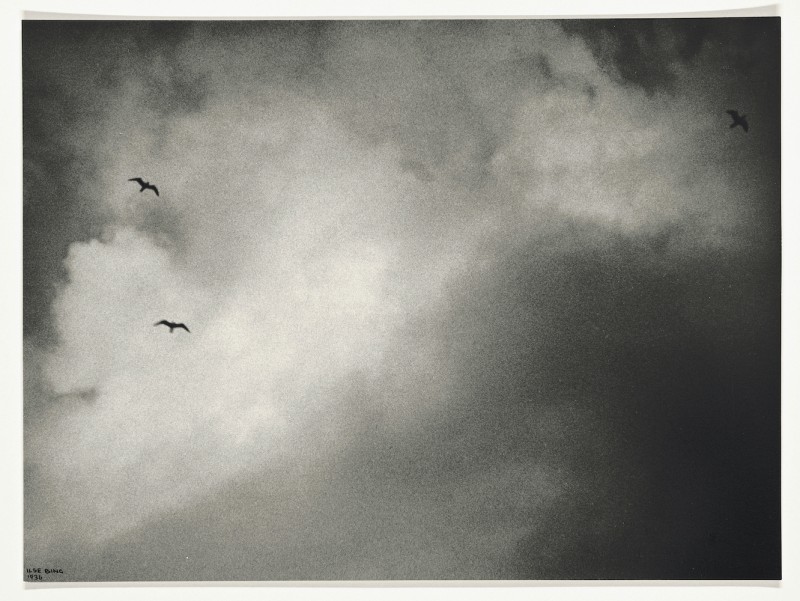
Entre Francia y EE. UU. (Marinas) [Between France and the USA (Seascapes)], 1936
